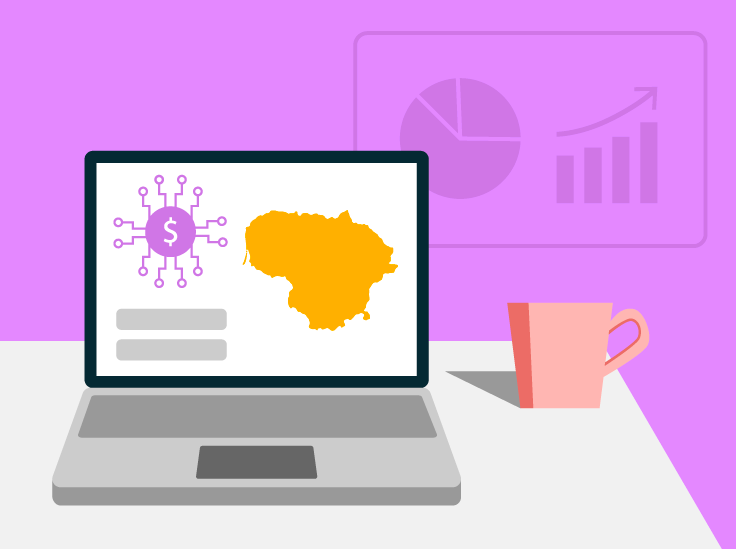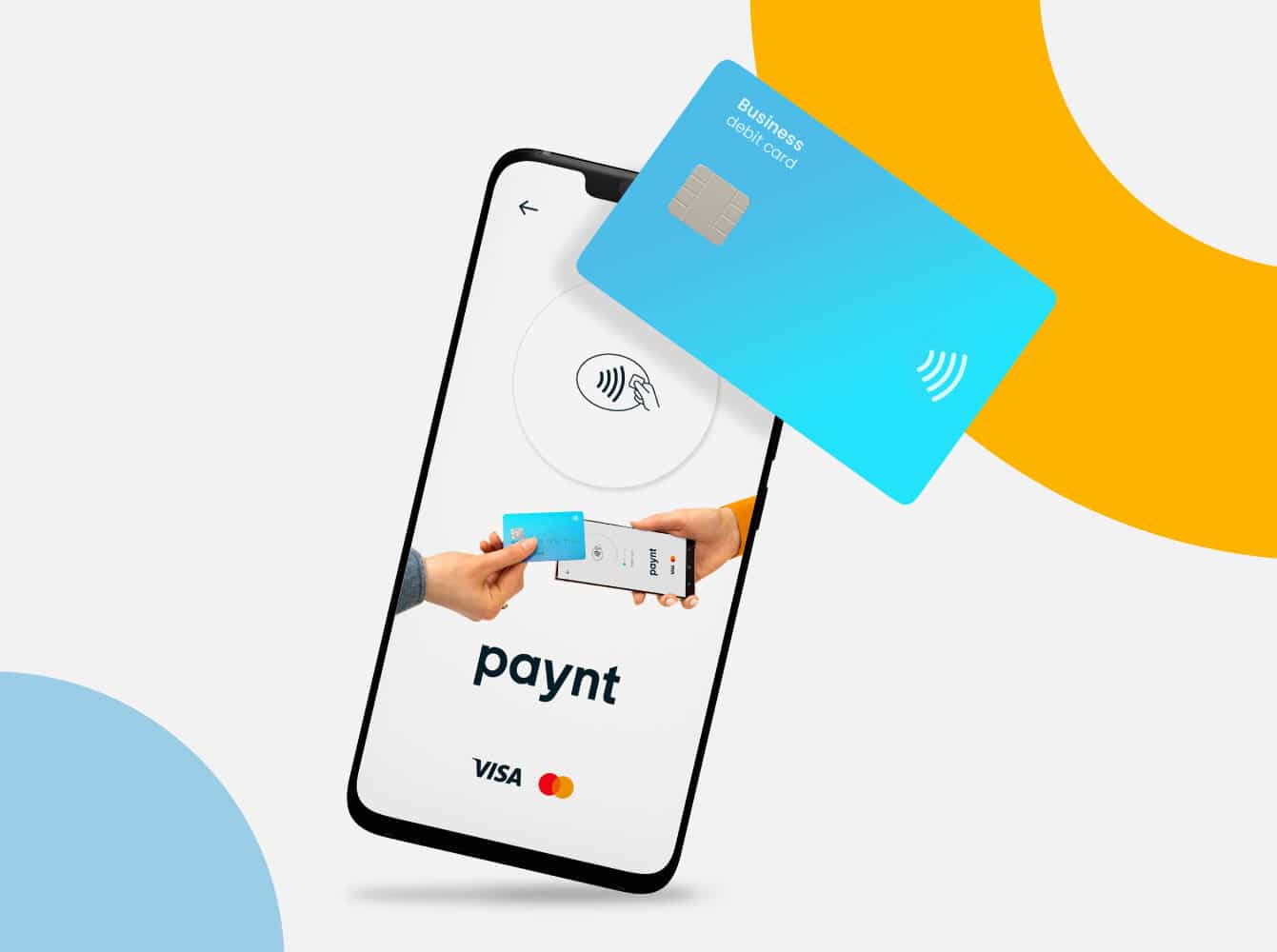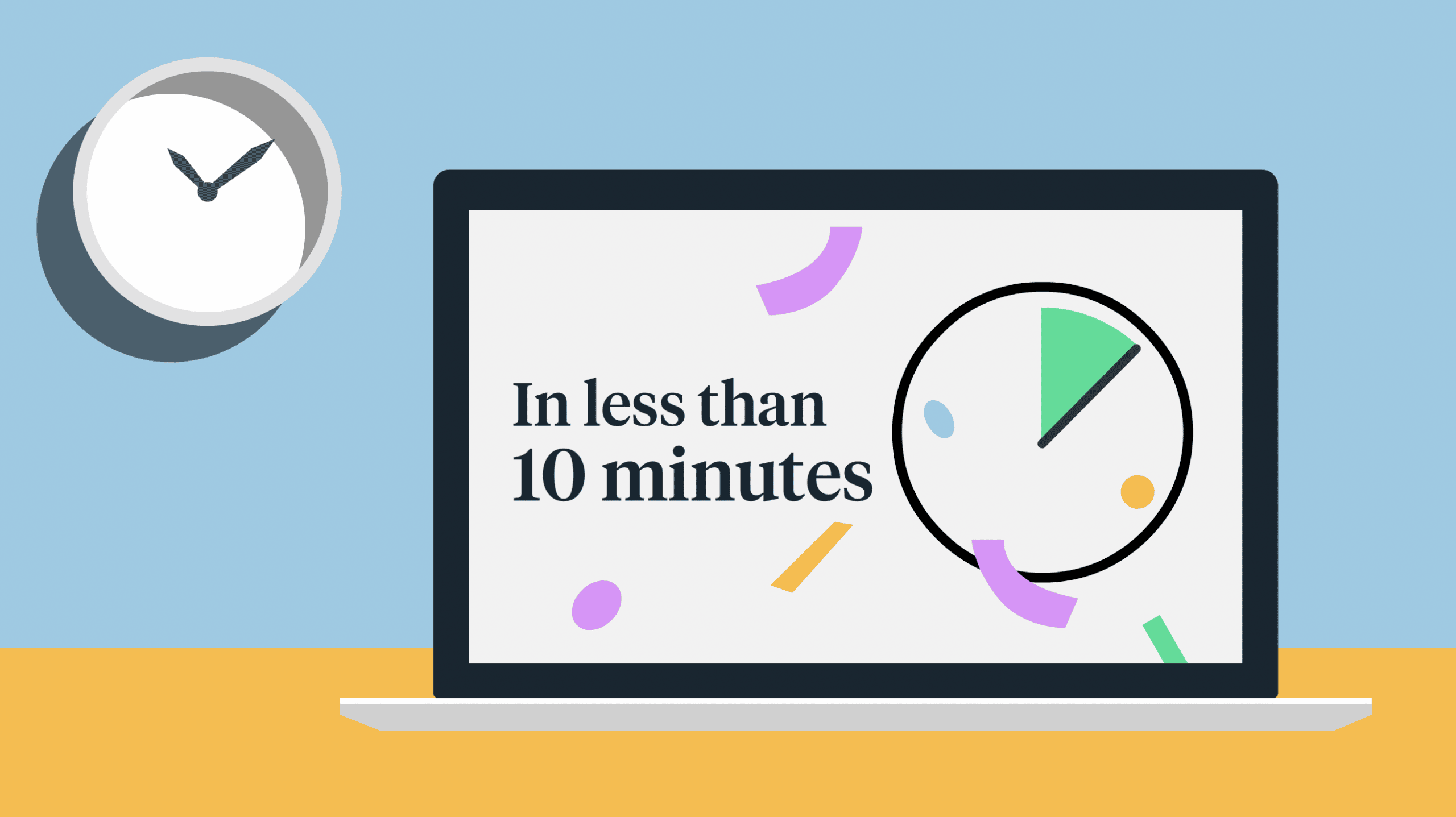
What keeps business owners awake at night? That’s right – the question of customer acquisition and retention. Every business’ goal is to attract more customers and/or sell them more of their products more often.
Payment options, alongside product pricing, fast delivery, and a friendly returns policy, play a critical role in customers’ decision-making process. What online buyers want is convenience at every step, including when it comes to the final step – paying for the goods.
People are different, and so are their preferences when it comes to how they transact online. And, obviously, everyone expects the retailer to offer the payment method they prefer and are familiar with.
What should retailers do to attract and retain their diverse pool of customers? The answer is – to offer a multitude of payment solutions. Because nowadays, it’s become a must in the war for the share of wallet. Accepting card payments is table stakes – you must do more to succeed.
One payment method does not fit all
In essence, omnichannel payment solutions are all about providing your customer with options to spend their money the way they want…so that they come back for more and recommend your business to their friends and family.
For one customer, the preferred payment method will be debit or credit card, cash on delivery, or bank transfer. Other customers might look for more advanced payment solutions – mobile wallets or digital currency payments. This means that a typical business needs to be ready to accept and process payments through a variety of channels.
Here, it’s also important to note that payment habits and preferences differ from country to country. For example, when shopping online, UK customers will most often reach for their debit or credit card, whereas Germans may choose to pay by bank transfer, Americans may use Venmo, and Chinese will pay with Alipay. Every geographical region has unique consumers who favor their own preferred payment solutions.
On top of this, the global landscape of online payments for businesses is ever-changing, with new players entering the market all the time. So, now and always – your payment acceptance strategy will have to follow and adapt to the market you’re in.
Ultimately, you want to provide your customers with multiple payment options, while managing them under ”one roof” in order to have a 360-degree view of your customers’ payments. This can be done with Paynt, which also ensures bank-grade security for your business, including fraud detection. Secure online payment services also help customers feel more at ease.
How to be on top of the dynamic payment solutions landscape
First of all, make sure that your business supports both traditional payment solutions, such as card payments and bank transfers, as well as emerging payment methods, like Buy Now, Pay Later (BNPL).
BNPL, for example, is currently taking many developed countries by storm. From Klarna to Paypal and from Scalapay to Affirm, BNPL is the fastest-growing e-commerce payment method. Stats show that as much as one-third of UK adults have already used this payment option and its global market is forecast to grow to $419 billion by 2030.
Another payment trend to keep an eye on is installment payments – the option to pay for purchases over time by dividing the purchase amount into smaller equal payments. This former darling of traditional brick and mortar retail is now making inroads in online checkouts. Installment payments entering the e-commerce world is a great example of how shoppers are taking their preferred payment methods to new environments.
Another thing to do to stay on top is to make sure you offer your clients a seamless payment experience on your website. Not only should you offer various kinds of online payment processing, but you should also remove everything and anything that could distract your buyer from completing the payment.
One way to do it is to follow a customer on their purchasing journey and through all the important payment touch-points. See how customers interact with your website or app! Nowadays, this can be easily done with heatmap tools, such as Hotjar, that allow you to determine where your customers click, what takes the most time, and where they drop off. Once you have this information, you can make improvements to the payment solutions you have in place.






